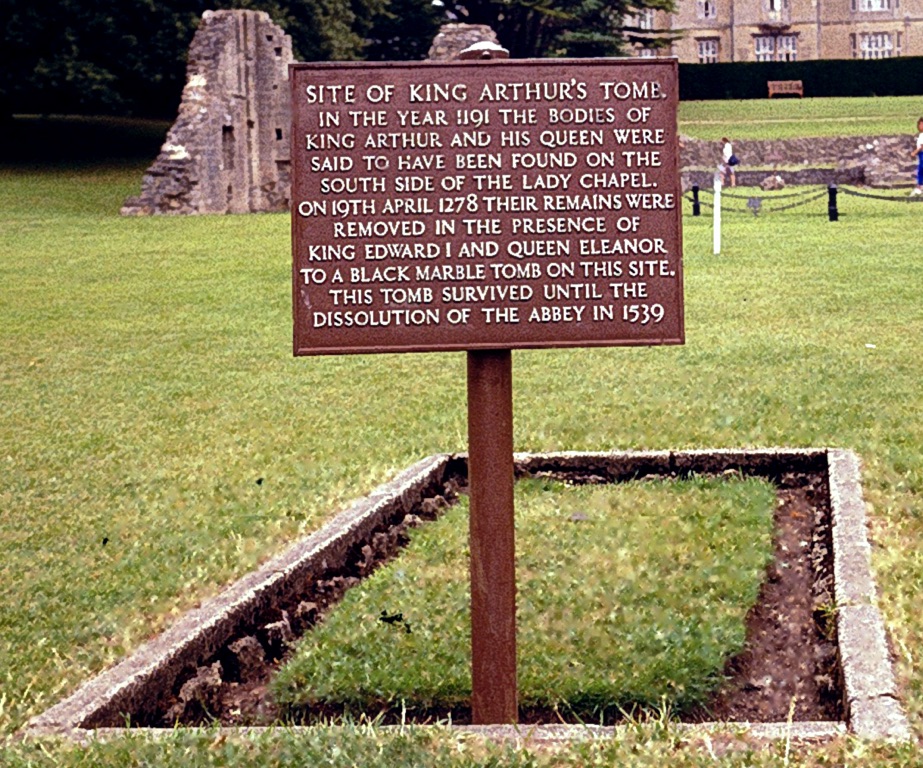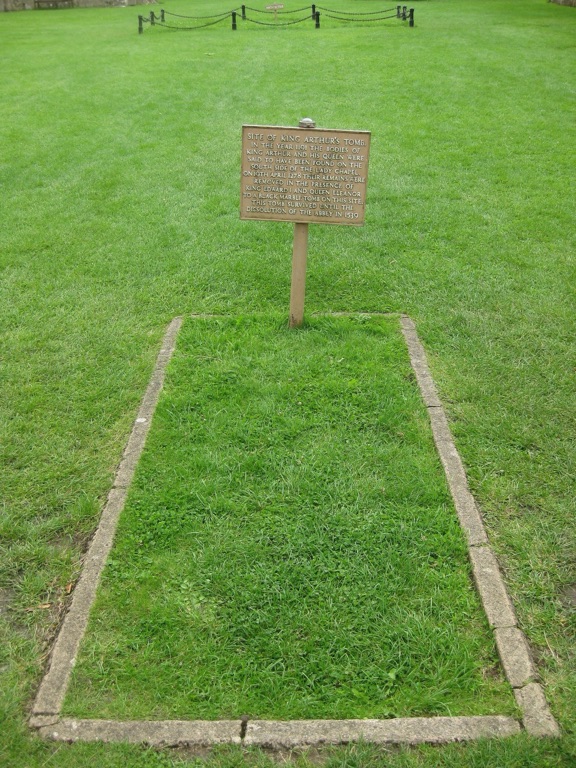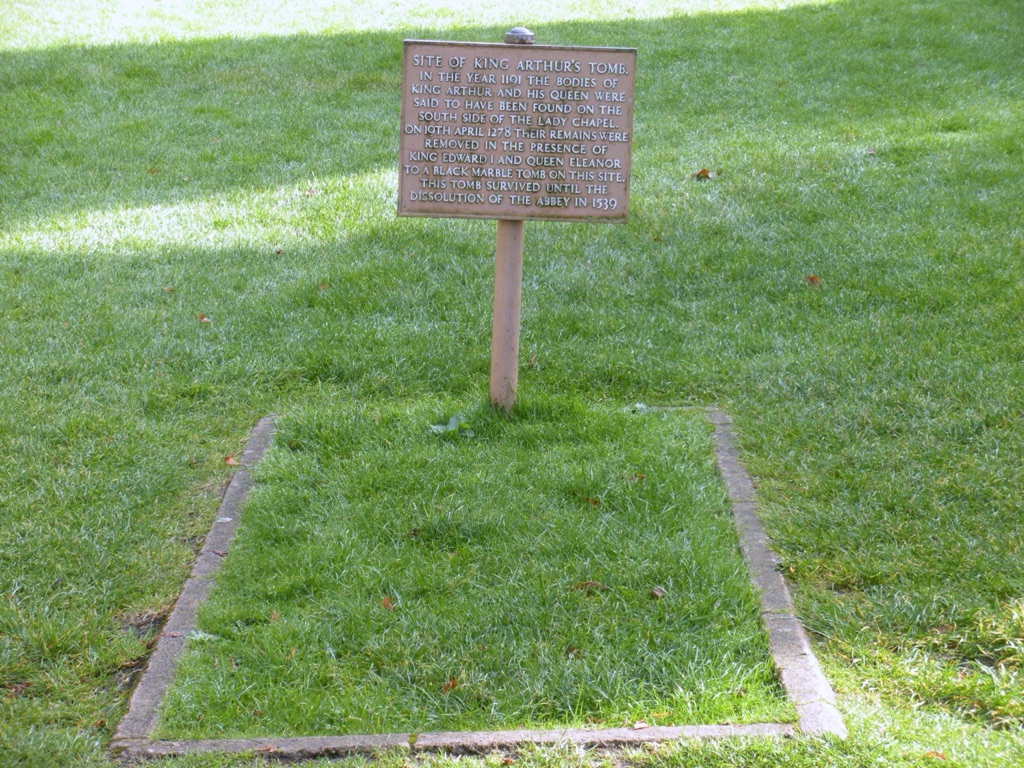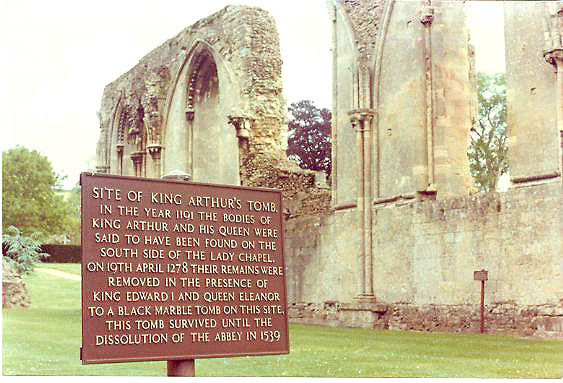The tomb of King Arthur, a legendary figure from British folklore, has been a subject of fascination and speculation for centuries. While the historical existence of King Arthur is debated, the lore surrounding his final resting place has inspired countless tales and searches. The tomb is often associated with Glastonbury Abbey, where monks claimed to have discovered the remains of Arthur and his queen, Guinevere, in the 12th century. Despite the lack of concrete evidence, the story of King Arthur’s tomb continues to intrigue historians, archaeologists, and enthusiasts alike.
Get your dose of History via Email
Historical Background of the Tomb of King Arthur
The search for King Arthur’s tomb gained momentum in the 12th century when monks at Glastonbury Abbey claimed to have found it. They reported discovering a cross with an inscription confirming the identities of the remains as Arthur and Guinevere. This discovery came at a time when the abbey needed funds, leading some to speculate that the monks fabricated the story. The tomb’s association with Glastonbury Abbey has persisted, though the historical accuracy of these claims remains uncertain.
King Arthur is a figure deeply rooted in medieval literature and folklore, with his story embellished over time. The tomb’s discovery was attributed to the monks of Glastonbury during the reign of King Henry II. The historical King Arthur, if he existed, would have lived several centuries earlier, during the post-Roman period. The lack of contemporary records makes it difficult to verify the tomb’s authenticity.

The alleged tomb at Glastonbury was not the only reported resting place of King Arthur. Other locations, such as Cadbury Castle, have also been linked to Arthurian legends. The Glastonbury tomb, however, remains the most famous due to the abbey’s historical significance and the medieval accounts that support its claim.
Over the centuries, the tomb has been the subject of various excavations and examinations. The original site was disturbed during the Dissolution of the Monasteries in the 16th century, and subsequent investigations have failed to provide conclusive evidence. The story of the tomb has become a part of the larger Arthurian legend, intertwining fact and fiction.
Despite the uncertainties, the legend of King Arthur’s tomb has had a lasting impact on British culture and heritage. It has influenced literature, art, and tourism, with Glastonbury Abbey becoming a pilgrimage site for those drawn to the mystique of Arthurian tales. The tomb symbolizes the enduring allure of the King Arthur legend and the quest for a historical connection to this mythical figure.

Theories and Interpretations
The inscription on the leaden cross, if it ever existed, has been a focal point for interpretation. Some argue that the language used in the inscription does not align with the period in which Arthur would have lived, suggesting a later medieval creation. The cross itself has been lost to history, leaving only the written accounts of its message.
Mysteries about the tomb also include the exact location of the original grave site and the fate of the remains after the abbey’s dissolution. The lack of contemporary records from the time of Arthur’s supposed reign complicates efforts to match the tomb to historical facts.
Dating methods such as radiocarbon dating could potentially shed light on the age of any remains found, but the disturbance of the site and the absence of verifiable artifacts have hindered such analysis. Theories about the tomb’s authenticity are thus largely based on historical texts and the archaeological context of Glastonbury Abbey.

Conclusion and Sources
Reputable sources used in the creation of this article include:
- Wikipedia: https://en.wikipedia.org/wiki/King_Arthur
- Britannica: https://www.britannica.com/topic/King-Arthur
- World History Encyclopedia: https://www.worldhistory.org/King_Arthur/

